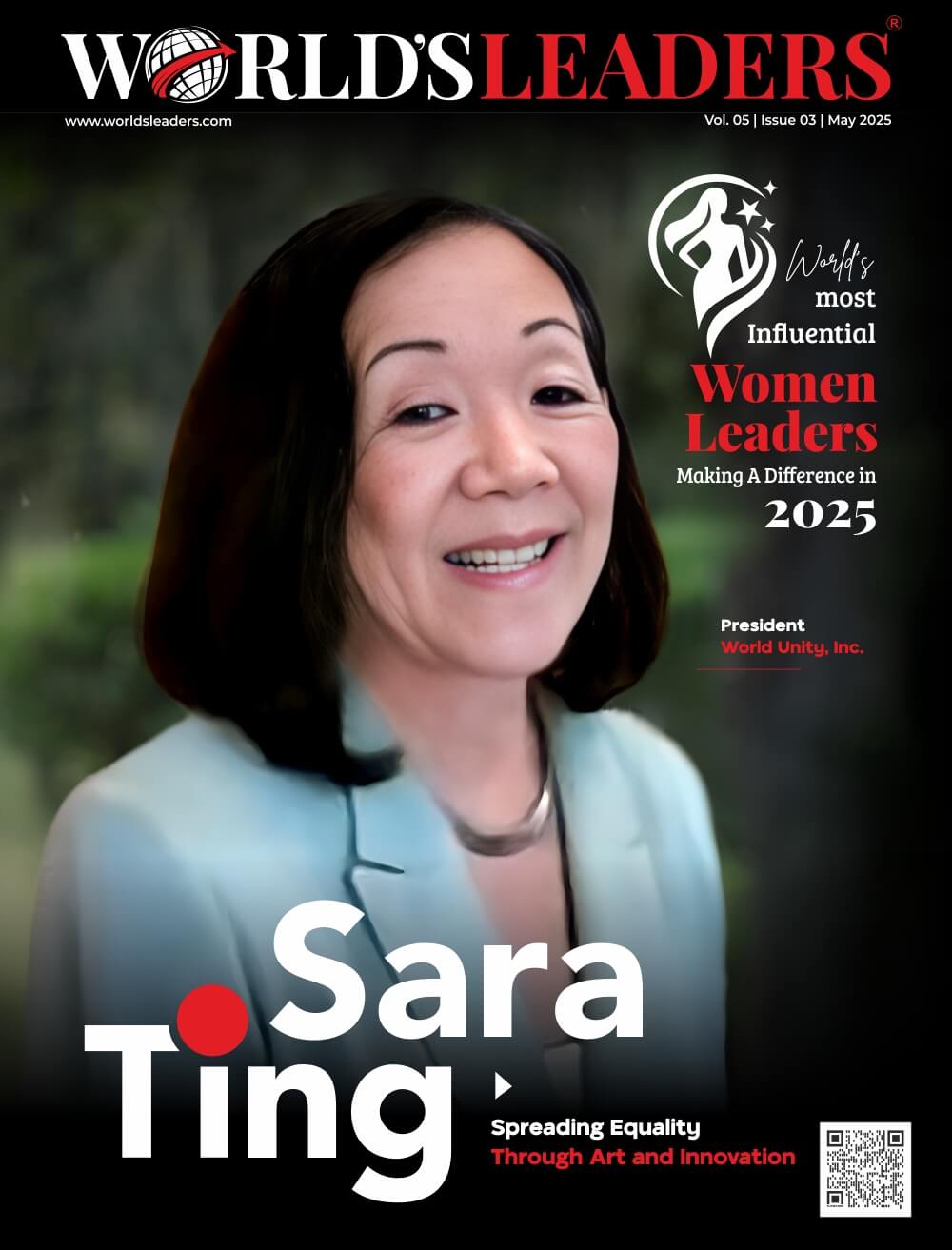Many CEOs who prioritize gender diversity are dissatisfied with their efforts. These CEOs set aspirational targets for the percentage of women in leadership positions, insist on diverse candidate lists for senior positions, and create mentoring and training programs. They and their businesses invest time, resources, and goodwill in initiatives to create a more robust pipeline of upwardly mobile women, yet nothing actually transpires.
The issue with these leaders’ methods is that they ignore the frequently delicate process of growing to regard oneself and others as leaders. Being given a leadership position, learning new skills, and molding one’s personality to fit the demands of that position are only a small portion of what it takes to become a leader. It entails a significant identity change. When organizations advise women to actively seek leadership positions without also addressing policies and practices that indicate a mismatch between how women are perceived and the traits and experiences people prefer to associate with leaders, they unintentionally hinder this process.
A large amount of research demonstrates that for women, the subtle gender bias that endures in businesses and society undermines the learning loop that is at the core of becoming a leader (see “Further Reading”). The analysis also suggests some actions businesses might take to make the issue right. Finding and fostering the “correct” competences and talents in a social vacuum is insufficient. Even if she doesn’t look or act like the present generation of senior executives, the environment must support a woman’s desire to lead and raise the possibility that others would acknowledge and support her efforts.
It can be difficult for women to integrate leadership into their basic identities since there is so much cultural disagreement regarding whether, when, and how women should exercise power. Practices that link leadership with actions that are more frequently seen in men suggest that women are not naturally suited to hold leadership positions. Furthermore, when given the chance to lead, strong men would support and sponsor other guys because it’s human nature to gravitate toward those who are similar to oneself.
Sometimes it takes strong women to see that potential in women because it sometimes manifests itself in less traditional ways, such as being receptive to clients’ needs rather than adamantly stating one’s opinion. But strong women are hard to come by.
Even when there is no deliberate discrimination, subtle, “second-generation” workplace gender bias can prevent all of the women in a company from developing their leadership identities. Due to the underrepresentation of women in senior roles, the status quo is maintained by encouraging and supporting male leadership aspirations.





